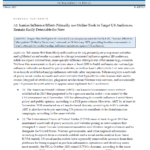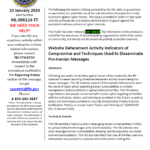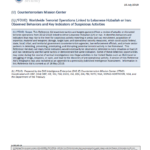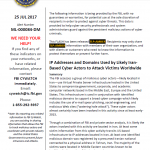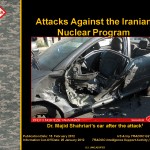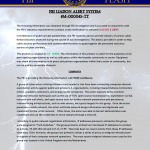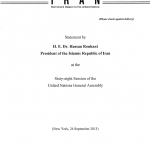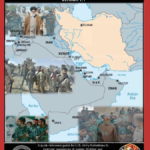
Since its inception in 1979, the Islamic Republic of Iran has repeatedly disrupted the stability of the Middle East and fostered terrorist threats throughout the world. Iran exploited the power vacuum which followed the Iraq War in 2003 and Arab Spring in 2011 to significantly extend its regional influence, primarily through the establishment of proxy groups and new relationships with existing regional terrorist groups. International sanctions against Iran, levied in response to Iran’s support for terrorism and nuclear activities, constrained Iran’s actions, but did not end them, nor did they stop Iran from enhancing its conventional military enterprise.

